Celebrate Black History Month by Remembering Past Heroes
By Victor Block
In 1693 the king of Spain issued a decree stating that anyone who moved from a Protestant colony in the New World to a Catholic settlement must be accepted and protected. At the time, the population of St. Augustine, Florida, included about 100 Black people who enjoyed rights equal to their European neighbors.
Men from that group helped the Spanish to construct thatched huts surrounded by earthen walls, which became Fort Mose. Then they manned the garrison. The fort and community became what is considered to be the first legally sanctioned settlement of free Blacks in what would become the United States.
A wooden walkway leads over marshy flats to the spot once occupied by Fort Mose. A museum, housed in what was the area's first Black public high school, tells the story of the fort and contains exhibits that cover 450 years.
While any time is a good time to visit sites that played important roles in the history of Black Americans, that's especially true during February. Black History Month focuses on the part that close to 50 million Americans and their ancestors have played in the establishment and development of the United States.
Another small monument to big achievements is the home of Elizabeth Harden Gilmore in Charleston, West Virginia. She was a civil rights leader who fought to integrate schools, housing and public accommodations. Among her achievements were admitting African American Girl Scouts into an all-white camp, leading a sit-in that resulted in the integration of lunch counters and helping to amend West Virginia's civil rights law.
Gilmore's home is one of numerous stops along the U.S Civil Rights Trail. That route leads to more than 100 locations in 14 states that played a significant role in the Civil Rights movement during the 1950s and 1960s.
Atlanta, Georgia, home to many civil rights leaders, is where the Martin Luther King Jr. National Historical Park includes several sites related to King's life and work. He was assassinated at the Lorraine Motel in Memphis, Tennessee, in 1968 while leaning over a balcony railing to speak with the Rev. Jesse Jackson.
Washington, D.C., is a treasure-trove of museums that relate the part that Black citizens played in U.S. history. The centerpiece is the National Museum of African American History and Culture, which is part of the Smithsonian Institution. The museum's collection includes more than 40,000 objects, not all of which are on display.
The building itself adds to the experience. It's an inverted step pyramid encased in a bronze meshlike material reminiscent of crowns used in the culture of the Yoruba, one of the largest ethnic groups of Nigeria.
Detroit is another center of African American lore. It was home to some of the largest hiding places, called "stations," along the Underground Railroad route followed by people fleeing slavery to freedom in the North. Exhibits in that city's Charles H. Wright Museum of African American History include the reproduction of a slave ship with life-size sculptures of people in shackles as well as more uplifting exhibits such as a case displaying products created by Black inventors. The institution is named after Charles H. Wright, a physician who created a repository for African American history.
Some small towns pay homage to pages of African American history. Memories of the Civil War are evoked in and around Winchester, Virginia, (population about 27,000). A touch screen in the visitors center enables people to explore places of interest, then navigate to them. The Star Fort was built by Union troops in 1863 at a place where a Confederate artillery emplacement stood. The house that served as Stonewall Jackson's headquarters contains his prayer table, initialed prayer book, and many other personal and family artifacts.
Of course, any discussion of Black heroes must include Harriet Tubman, the abolitionist and social activist who, after escaping slavery, led dozens of other enslaved people to freedom. She used a network of antislavery activists and safe houses known as stations along the Underground Railroad. During the Civil War she served first as a cook and nurse, then as an armed scout and spy for the Union Army.
In 1863 Tubman led an expedition of African American soldiers in South Carolina that rescued more than 750 former slaves. This resulted in her bring recognized as the first woman to lead an armed military operation in the United States.
Places associated with this remarkable woman are scattered across the country. Among exhibits at the Harriet Tubman Museum in Cape May, New Jersey, are African masks, the kind of metal shackles used on enslaved people and numerous vintage photos. I was intrigued by Harriet's quote that "I was conductor of the Underground Railroad for eight years, and I can say what most conductors can't say - that I never ran my train off the track and I never lost a passenger."
The Harriet Tubman Underground Railroad State Park in Church Creek, Maryland, recalls her early years spent in that state. It sits on the trailhead of the 125-mile-long byway that connects several heritage sites.
This is a brief introduction to a handful of places throughout the country that are associated with the African American story. Black History Month is the perfect time to check some of them out and look for others.
----
WHEN YOU GO
floridastateparks.org
civilrightstrail.com
discoveratlanta.com
nmaahc.si.edu
thewright.org
visitwinchesterva.com
nps.gov/hatu
========
Victor Block is a freelance writer. To read features by other Creators Syndicate writers and cartoonists, visit the Creators Syndicate website at www.creators.com.
Copyright 2025 Creators Syndicate, Inc.









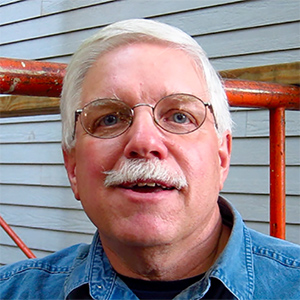
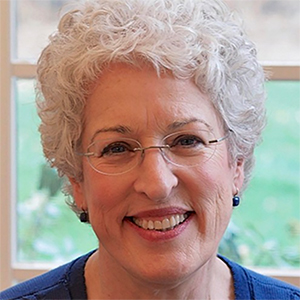

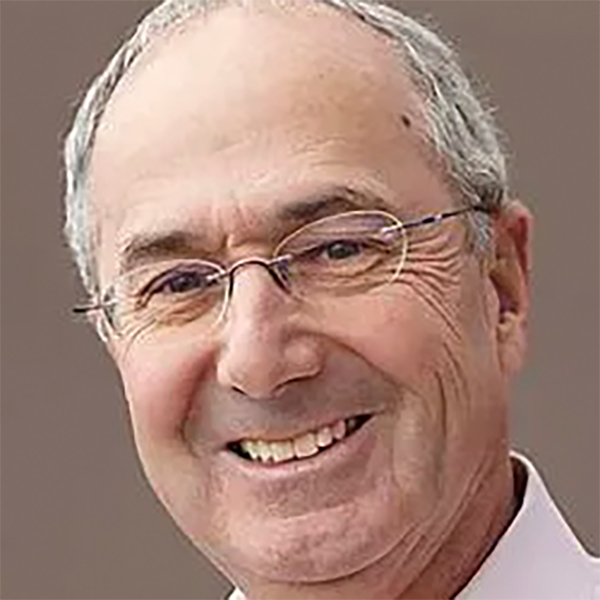
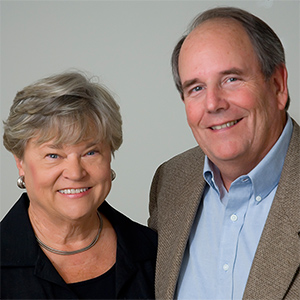










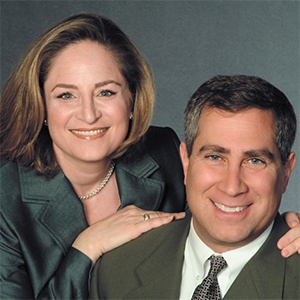










Comments